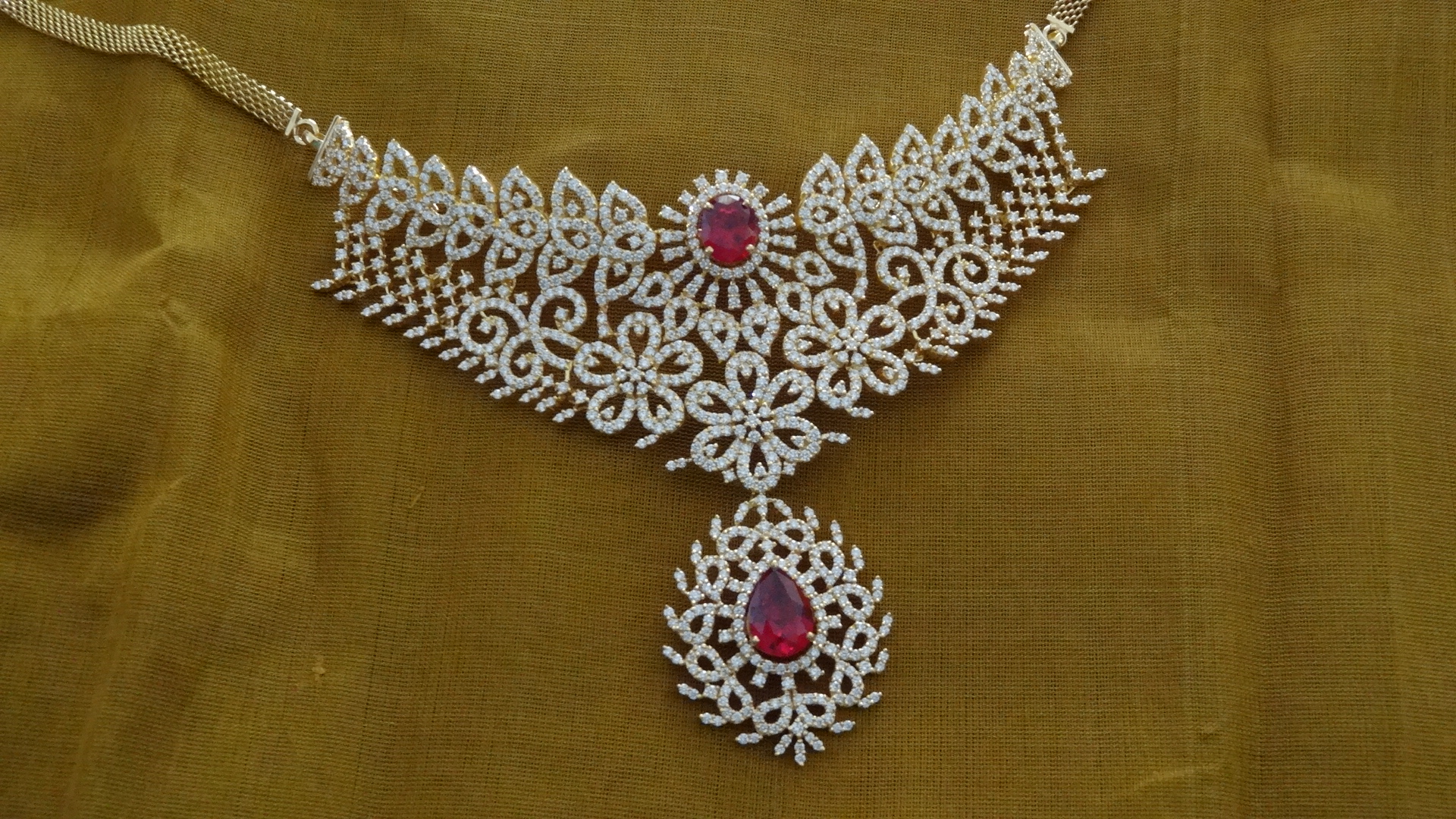
Jewelry – The Primary Use of Gold
Gold has been used to make ornamental objects and jewelry for thousands of years. Gold nuggets found in a stream are very easy to work and were probably one of the first metals used by humans. Today, most of the gold that is newly mined or recycled is used in the manufacture of jewelry. About 78% of the gold consumed each year is used in the manufacture of jewelry.
Special properties of gold make it perfect for manufacturing jewelry. These include: very high luster; desirable yellow color; tarnish resistance; ability to be drawn into wires, hammered into sheets, or cast into shapes. These are all properties of an attractive metal that is easily worked into beautiful objects. Another extremely important factor that demands the use of gold as a jewelry metal is tradition. Important objects are expected to be made from gold.
Pure gold is too soft to stand up to the stresses applied to many jewelry items. Craftsmen learned that alloying gold with other metals such as copper, silver, and platinum would increase its durability. Since then most gold used to make jewelry is an alloy of gold with one or more other metals.
The alloys of gold have a lower value per unit of weight than pure gold. A standard of trade known as “karatage” was developed to designate the gold content of these alloys. Pure gold is known as 24 karat gold and is almost always marked with “24K”. An alloy that is 50% gold by weight is known as 12 karat gold (12/24ths) and is marked with “12K”. An alloy that contains 75% gold by weight is 18 karat (18/24 = 75%) and marked “18K”. In general, high-karat jewelry is softer and more resistant to tarnish, while low-karat jewelry is stronger and less resistant to tarnish – especially when in contact with perspiration.
Alloying gold with other metals changes the color of the finished products (see illustration). An alloy of 75% gold, 16% silver and 9% copper yields yellow gold. White gold is an alloy of 75% gold, 4% silver, 4% copper and 17% palladium. Other alloys yield pink, green, peach and even black-colored metals.
